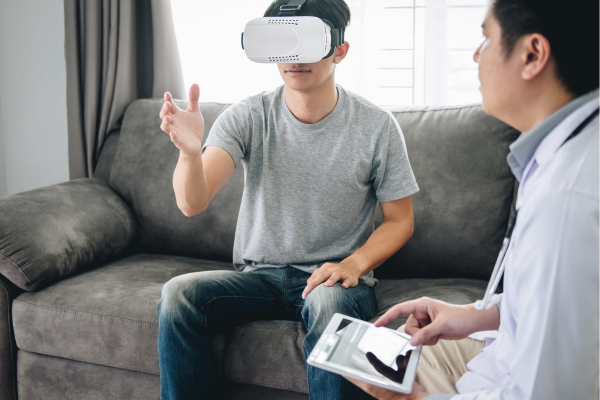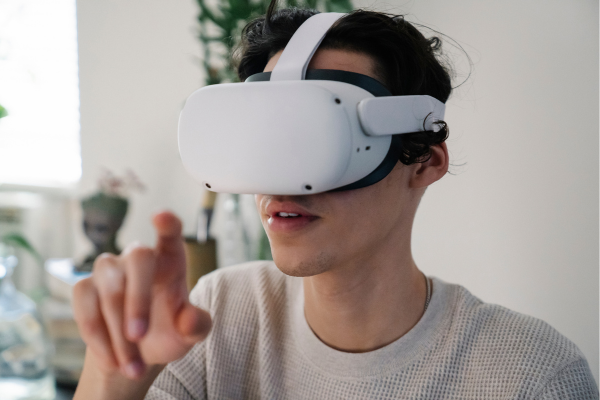.png)
Virtual Reality: A New Era for Architectural Experience
Virtual Reality (VR) has long been associated with the realm of gaming. But beyond the pixelated adventures and mythical worlds, VR is steadily crafting a niche for itself in the architectural space. Dive into how this tech wonder is changing the way stakeholders experience architectural designs.
More than Just Pixels and Play
Recall the days of intricate blueprints sprawled across tables, challenging even the most vivid imaginations to visualize the finished structure. While vital, those intricate lines and markers often fell short in conveying the architect's vision. VR has changed that narrative. Instead of merely imagining, stakeholders can now 'walk' through proposed spaces, experiencing every corner, every design nuance, and every proposed beam of light filtering through windows.
Breaking Down Walls of Miscommunication
In the world of architecture, a minor miscommunication can translate to significant setbacks, both in time and funds. With VR, architects have a tool that minimizes these risks. It allows for a shared experience, where the designer's vision is not just explained but is felt. It becomes easier to make adjustments when stakeholders can point to elements in a virtual space, ensuring that the finished structure aligns perfectly with the initial vision.

Emotion: The Unsung Hero
Architecture, at its core, is an emotional endeavor. The spaces we inhabit and interact with play a crucial role in shaping our moods, feelings, and memories. Through VR, the emotional connection to a structure is established way before its construction. A vast atrium might evoke feelings of awe, while a cozy nook could resonate with warmth and comfort. These emotions, previously left to post-construction, can now be a significant part of the decision-making process.
A Glimpse into Tomorrow
While the current application of VR in architecture is undeniably impressive, the horizon promises even more marvels. As the technology evolves, we could see real-time design changes within the VR space, virtual collaboration between architects from different parts of the world, or even the integration of augmented reality to blend the physical and virtual worlds seamlessly.

In wrapping up, it's clear that VR is no mere passing phase in the architectural world. It's a transformative tool, bridging gaps between vision and reality, emotion and structure. As cities rise and homes are built, VR will be at the forefront, ensuring that every stakeholder doesn't just see the future, but truly experiences it.